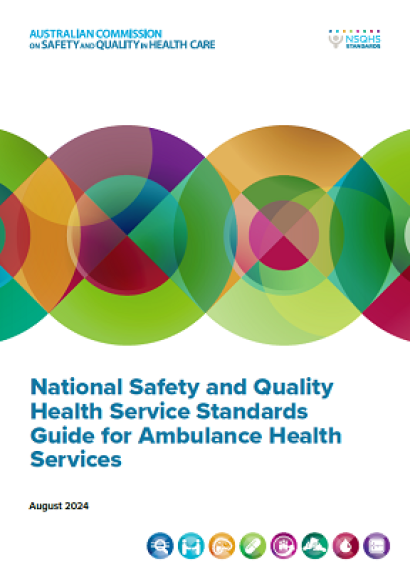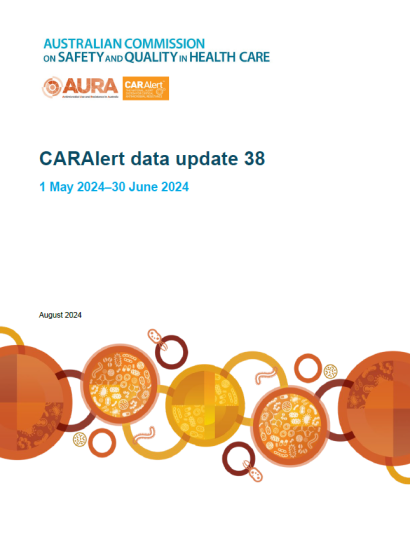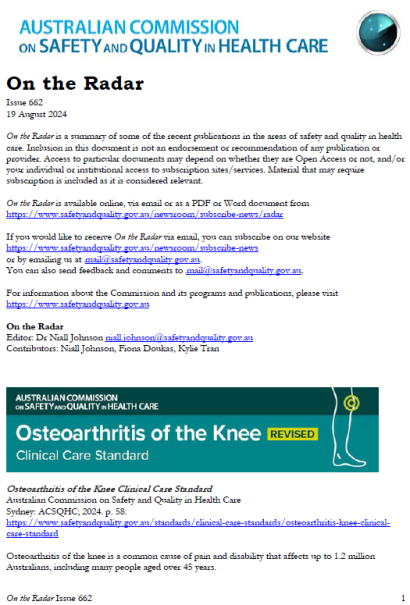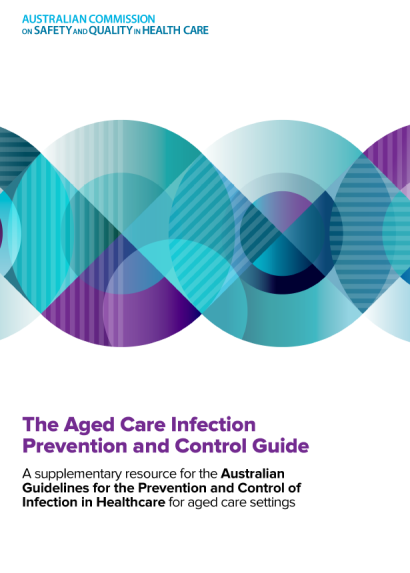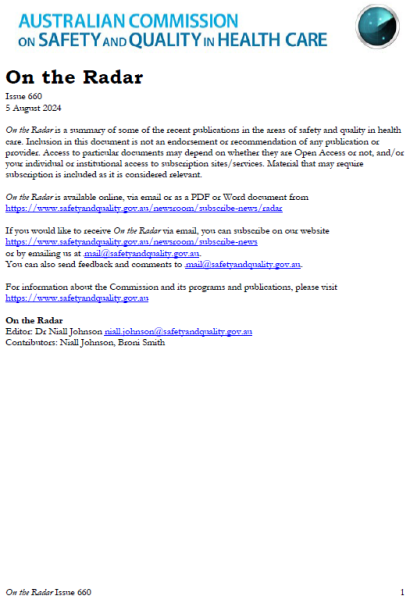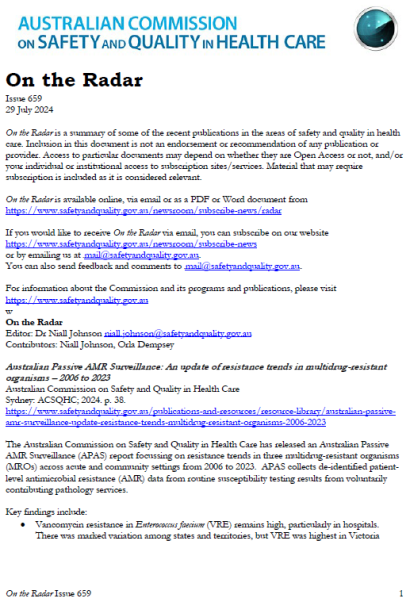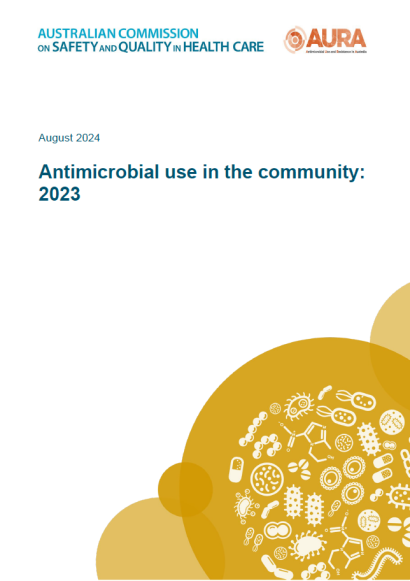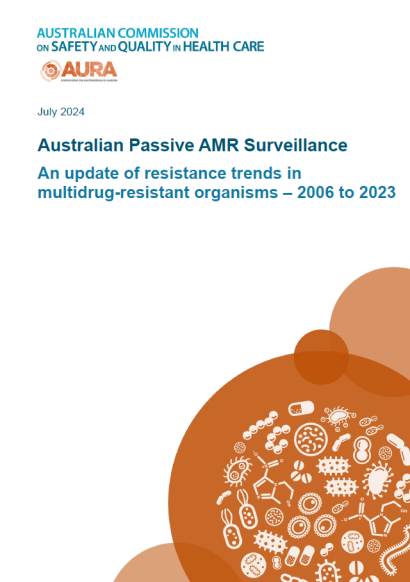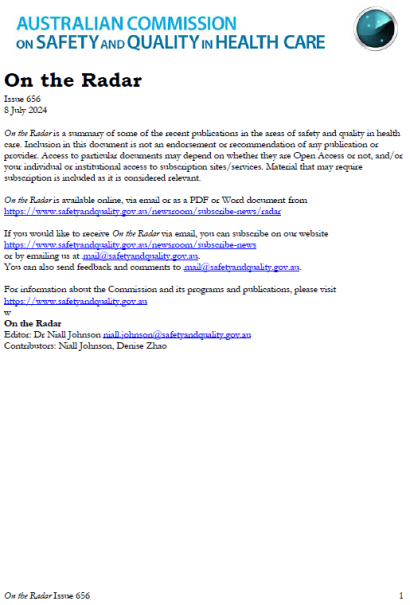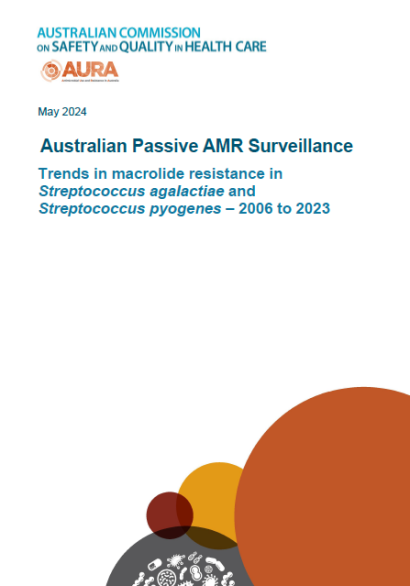The Commission develops clinical care standards with advice from a multidisciplinary topic working group including clinicians, consumers and researchers. The membership and role of the COPD Clinical Care Standard Topic Working Group is described below.
Indicators have been developed to support monitoring of the care recommended in the Standard. Clinicians and healthcare services can use the indicators to support local quality improvement activity.
The quality statements below describe the expected standard for key components of care in the COPD Clinical Care Standard.
Guidance for healthcare services on the ten quality statements from the COPD Clinical Care Standard, as well as helpful resources.
Guidance for clinicians on the ten quality statements from the COPD Clinical Care Standard, as well as helpful resources.
The Chronic Obstructive Pulmonary Disease (COPD) Clinical Care Standard describes the health care that you should expect to receive if you have COPD. Find out more about the ten quality statements from the COPD Clinical Care Standard, as well as helpful resources - including a video of John's experience living with COPD.
Environmentally sustainable infection prevention and control (IPC) practices improve the safety and quality of health care for patients.
Clinical care standards consist of a set of quality statements and a set of indicators to allow local monitoring for quality improvement. Clinical care standards are intended to be used alongside relevant national safety and quality standards and in the context of key principles of safe and high quality care.
The Commission has developed a suite of resources to assist health service organisations to implement AS 5369:2023 Reprocessing of reusable medical devices and other devices in health and non-health related facilities.

